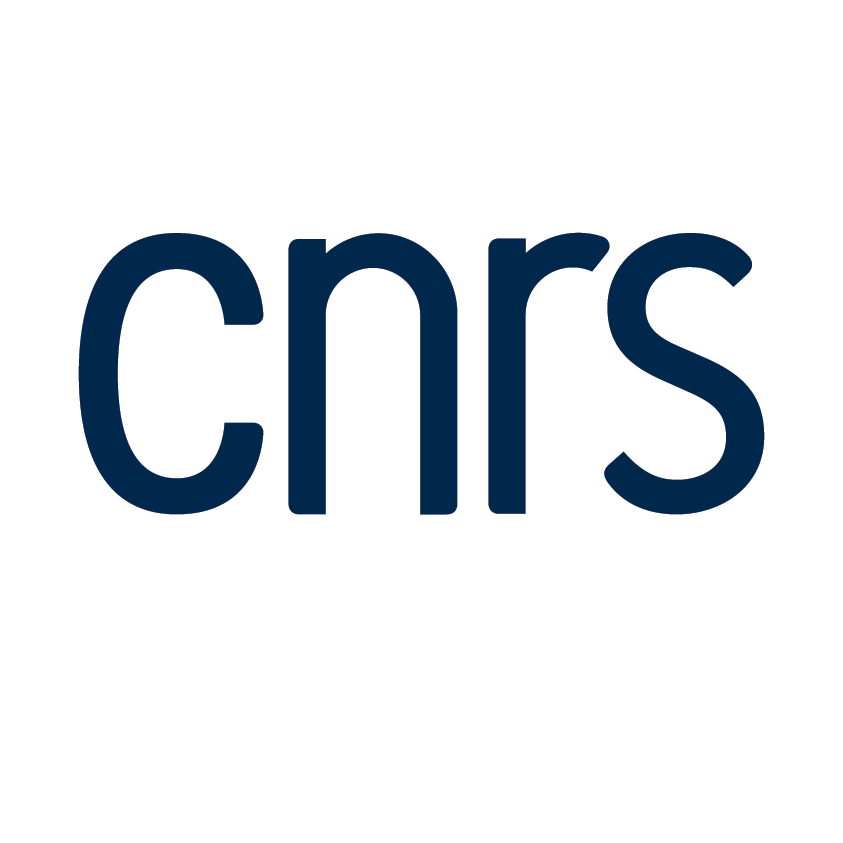Retour
Séminaire de EDP - Physique Mathématique
Quantum Confinement induced by Dirac operators with anomalous magnetic $delta$-shell interactions.
Badreddine Benhellal
Visio
le 02 mars 2021 à 11:15
Abstract: Let be a bounded domain and . I will consider the coupling , where is the free Dirac operator in and is the anomalous magnetic -interactions potential. In the first instance, assuming that and under some regularity assumption on the domain , we prove that is self-adjoint and its domain is included in the Sobolev space . Moreover, a Krein-type resolvent formula and a Birman-Schwinger principle are obtained, and several qualitative spectral properties of are given. Finally, we study the self-adjoint realization of in the case . In particular, if is -smooth, we then show that is essentially self-adjoint and the domain of the closure is not included in any Sobolev space , for all . In addition, we show that generates confinement and prove the existence of embedded eigenvalues on the essential spectrum of .




